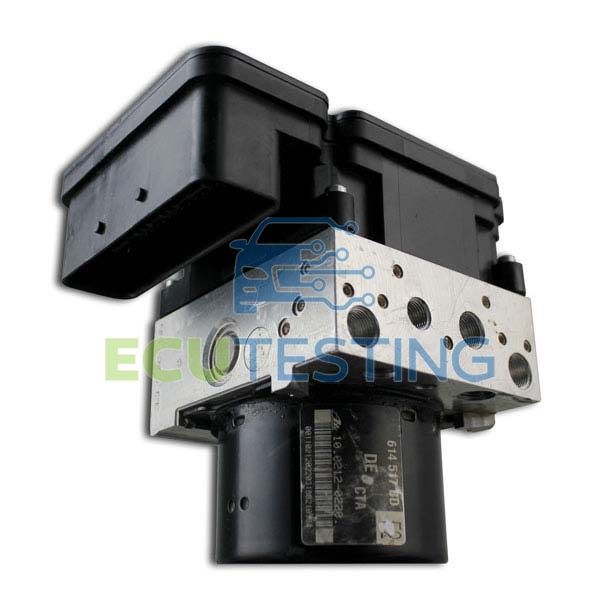Hi -
Working through an issue here - not after a quick answer but instead, using it as a learning experience in wiring diagrams etc.
ISTA+ just says $topic. Is there a way to differentiate between the control unit (that's the comptuer, right?) and the actuator itself (the actual hydraulic unit, right?)
I'll check the supply power to the DSC computer module against its supplied grounds once I figure out where it is (but I can read the harness pinout). Fuses according to the wiring diagram (assuming 50A fuse 1 is for pump, 25A fuse 25 is for control unit?).
Looking ahead, I want to be able to craft a plan for testing the hydraulic unit, too.
I've attached some screenshots, hopefully they can better articulate what I'm attempting to.
---
[0] Supply, control unit, dynamic stability control (DSC)
![944012 944012]()
![944013 944013]()
![944014 944014]()
![944015 944015]()
Working through an issue here - not after a quick answer but instead, using it as a learning experience in wiring diagrams etc.
ISTA+ just says $topic. Is there a way to differentiate between the control unit (that's the comptuer, right?) and the actuator itself (the actual hydraulic unit, right?)
I'll check the supply power to the DSC computer module against its supplied grounds once I figure out where it is (but I can read the harness pinout). Fuses according to the wiring diagram (assuming 50A fuse 1 is for pump, 25A fuse 25 is for control unit?).
Looking ahead, I want to be able to craft a plan for testing the hydraulic unit, too.
I've attached some screenshots, hopefully they can better articulate what I'm attempting to.
---
[0] Supply, control unit, dynamic stability control (DSC)






